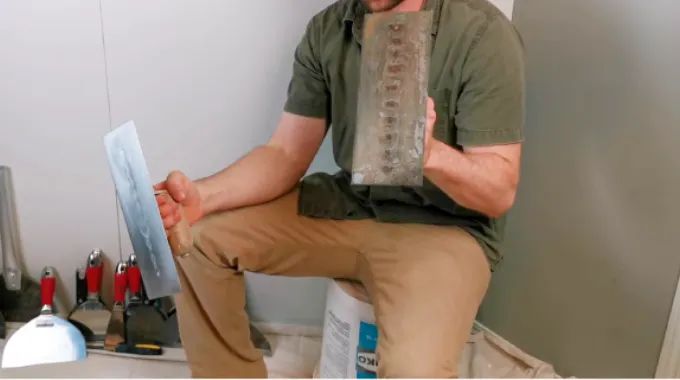Last Updated on January 25, 2023
When it comes to choosing the appropriate and ideal drywall knife, size does matter, but that doesn’t mean that you need a different knife for every job. Most drywall professionals only ever need two or three different sizes of knives. Before you can choose the right size drywall knife, you need to know the basics of drywall knife sizes.
The size of the drywall knife you need will depend on the thickness of the mud you are using, as well as the width of the seam you are mudding. In this blog post, we will answer your question, “what size drywall knives do I need?” and also teach you all about different sizes of drywall knives so that you can make an informed decision about which size is right for your project.
What Size Drywall Knives Do I Need: Choose the Size
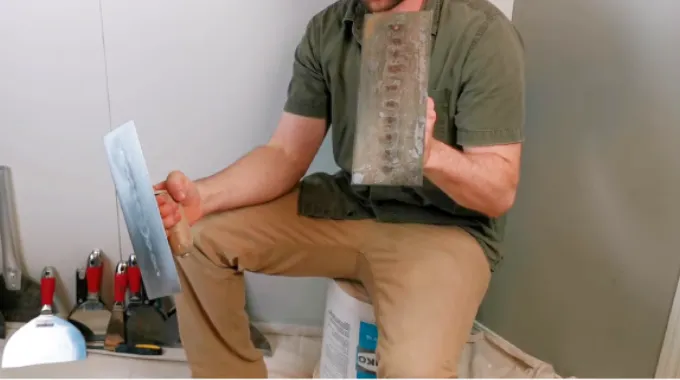
Drywall knives come in a variety of sizes and can be used for different parts of your home renovation project. With so many options on the market, it can be hard to know which size is best for your needs.
This quick guide will help you determine what size drywall knife is right for you. With that in mind, let’s take a look at the different sizes of drywall knives and when you should use them.
Drywall Knives Size According to Your Job Requirements
Smaller Drywall Knives for Smaller Jobs
Small knives are typically used for smaller jobs, such as cutting around outlets or other areas where a large knife would be difficult to maneuver. Small knives commonly have blades that are 3 to 5 inches long.
The first size up is a 6 inch knife. This size is great for small projects or for doing touch ups. If you’re just doing a little patching here and there, then this is the knife that you need. It’s also a good choice if you’re working in tight spaces or if you need to be extra careful not to damage the nearby area.
For smaller jobs like patching small holes or cracks, smaller drywall knives are best suited. They can as well be used to apply joint compounds in confined spaces. Smaller knives are easier to maneuver and offer more control than their larger counterparts.
Medium Drywall Knives for Most Jobs
Medium knives are a good all purpose size and can be used for most jobs. Medium knives typically come with blades that are 6 to 8 inches long. The next size up is an 8 inch knife, and this is probably the size that you’ll use most often.
It’s a good all purpose size that can handle most jobs. If you’re not sure what size to get, then this is probably the best option.
Large Drywall Knives for Bigger Jobs
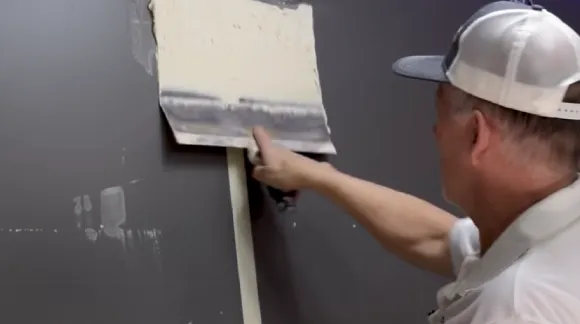
Large knives are typically utilized for larger jobs, such as cutting sheets of drywall. Knives with large blades typically have blade sizes that are 9 inches or longer. The largest size of drywall knife is a 10 inch knife, and this is the size that you’ll need for bigger jobs.
If you’re doing a large area or if you need to remove a lot of material, this is the right knife for you. Just be careful not to rip into the surrounding area with this one. Larger drywall knives are better suited for bigger jobs, like applying joint compound to an entire wall or ceiling.
They can also be used to provide a texture to walls and ceilings. Larger knives cover more area in less time but can be difficult to control.
Extra Large Drywall Knives for More Robust Jobs:
Extra large knives have been frequently used for especially large jobs, such as cutting multiple sheets of drywall at once. Extra large knives typically have blades that are 12 inches or longer.
When You Choose Drywall Knives According to Size?
- 3″ knives are good for lightweight mud and small jobs. They are also good for touch ups.
- 5″ knives are good for all purpose jobs. You can use them for a wide range of applications, including mudding seams, spreading compounds over large areas, and skimming coats.
- 6″ knives are good for heavy mud and large jobs. They can also be used for mudding seams and spreading compounds over large areas.
- 8″ knives are good for very heavy mud and are extremely large jobs. They should only be used by experienced professionals.
- 10″ knives are only used by professional finishers on very large projects.
- 12″ knives are mainly used by professional contractors working on commercial projects.
What Blade Material Is Best For Drywall? And Why Is It Best?
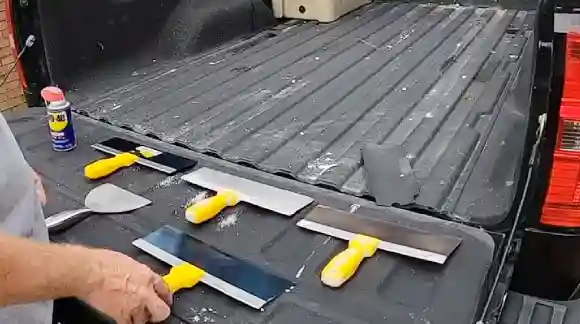
When it comes to picking the right blade for drywall cutting, there are a few factors to consider. The main factor is the type of material the drywall blade knives are made from. The three most common materials are carbon steel, bi metal, and carbide tipped. Each has its own set of benefits and drawbacks. Here’s a quick overview of each type of blade material to help you decide which one is right for your next project:
Stainless Steel Drywall Blade Knives
Stainless steel is a more expensive option, but it’s worth the price because it’s much more durable than high-carbon steel. It’s also resistant to rust and corrosion, so you won’t have to spend as much time maintaining the blade.
High Carbon Drywall Blade Knives
High carbon steel is the most common type of material used for blades. It’s affordable and easy to find. However, it’s also susceptible to rust and corrosion. This means that you’ll need to regularly oil and clean the blade to keep it in good condition.
Carbon Steel Drywall Blade Knives
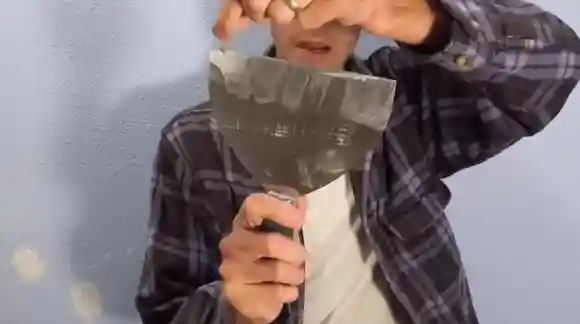
Carbon steel blades are the more preferred economical option and can be used for a variety of applications, including drywall. They are manufactured from a combination of iron and carbon and are known for being strong and durable.
Carbon steel blades can dull quickly, so they will need to be swapped out or resurfaced and reworn more often than other types of blades. They are not suitable for use with ferrous materials (materials that contain iron).
Tungsten Carbide Drywall Blade Knives
Tungsten carbide is the most expensive option, but it’s also the strongest and most durable type of material. It’s completely resistant to rust and corrosion, eliminating the need to have to worry about maintaining the blade at all. If you’re looking for a blade that will last you a lifetime, tungsten carbide is the way to go.
Carbide Tipped Drywall Blade Knives
Carbide tipped blades are the most expensive option, but they offer the longest lifespan. They are made from tungsten carbide, which is one of the hardest materials on earth.
It can withstand impact and heat better than other types of blades and will stay sharp up to 100 times more able than carbon steel blades. They can only be used on nonferrous materials (materials that do not contain iron).
Bi Metal Drywall Blade Knives
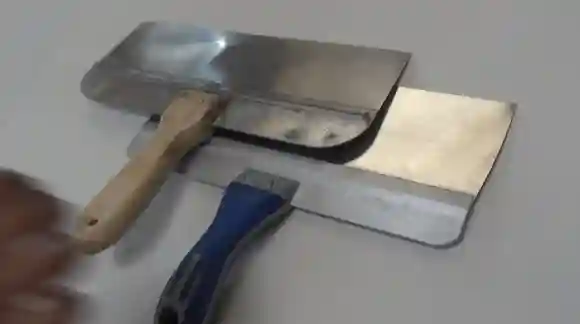
Bi metal blades are made from a composite of two metals. Usually, high speed steel and cobalt are designed to be extremely durable. They can retain their sharpness up to 10 times longer than carbon steel blades, making them ideal for heavy duty applications like cutting through nails or screws. Bi metal blades are also more expensive than carbon steel blades.
Relevant Reading: How important is direction when sharpening a drywall knife?
To Sum Up
So, “what size drywall knives do I need?” It depends on the job that you’re doing. When it comes time to choose a blade for your next drywall project, consider the type of materials that the blade is made from.
Carbon steel blades are the most reasonable option but will need to be replaced more often than other varieties of blades. Bi metal blades offer endurance and long lasting sharpness but show up at a higher price tag. No matter what size job you’re tackling, there’s a drywall blade knife that’s perfect for the task.
Smaller knives are better for confined spaces and small jobs, while larger knives are better for big jobs that require a lot of coverage. With this guide, you should be able to select the right size drywall knife for your next home renovation project. Choose the blade material that best fits your needs and budget to get the job done right.
Relevant Article To Read:
